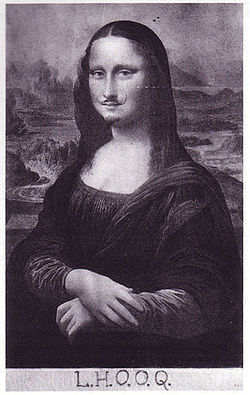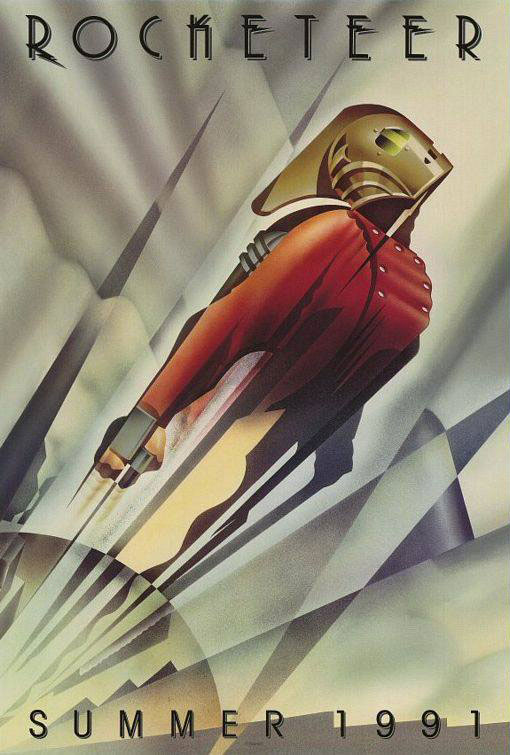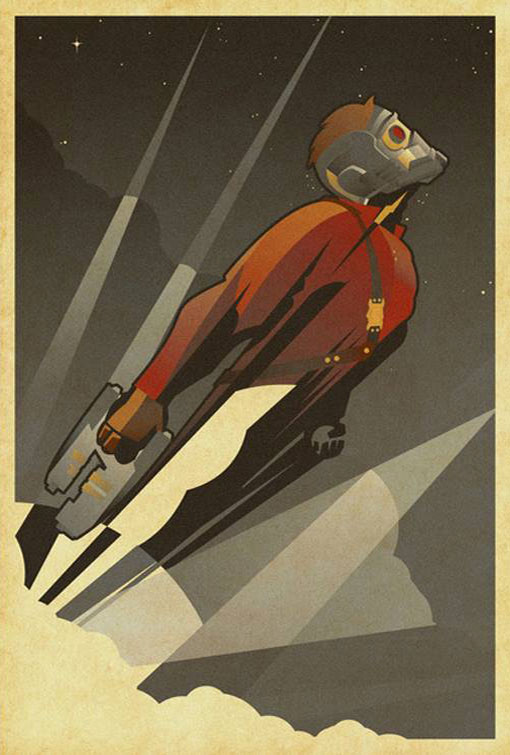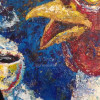In copyright law, a derivative work is an expressive creation that includes major copyright-protected elements of an original, previously created first work (the underlying work). The derivative work becomes a second, separate work independent in form from the first. The transformation, modification or adaptation of the work must be substantial and bear its author’s personality to be original and thus protected by copyright. Translations, cinematic adaptations and musical arrangements are common types of derivative works.
Most countries’ legal systems seek to protect both original and derivative works.[1] They grant authors the right to impede or otherwise control their integrity and the author’s commercial interests. Derivative works and their authors benefit in turn from the full protection of copyright without prejudicing the rights of the original work’s author.
Berne
The Berne Convention for the Protection of Literary and Artistic Works, an international copyright treaty, stipulates that derivative works shall be protected although it does not use the term, “Translations, adaptations, arrangements of music and other alterations of a literary or artistic work shall be protected as original works without prejudice to the copyright in the original work”.[2]
United States of America
An extensive definition of the term is given by the United States Copyright Act in 17 U.S.C. § 101:
A “derivative work” is a work based upon one or more preexisting works, such as a translation, musical arrangement, dramatization, fictionalization, motion picture version, sound recording, art reproduction, abridgment, condensation, or any other form in which a work may be recast, transformed, or adapted. A work consisting of editorial revisions, annotations, elaborations, or other modifications which, as a whole, represent an original work of authorship, is a “derivative work”.
The copyright in a compilation or derivative work extends only to the material contributed by the author of such work, as distinguished from the preexisting material employed in the work, and does not imply any exclusive right in the preexisting material. The copyright in such work is independent of, and does not affect or enlarge the scope, duration, ownership, or subsistence of, any copyright protection in the preexisting material.
Subject to sections 107 through 122, the owner of copyright under this title has the exclusive rights to do and to authorize any of the following:(1) to reproduce the copyrighted work in copies…;(2) to prepare derivative works based upon the copyrighted work;(3) to distribute copies…of the copyrighted work to the public by sale or other transfer of ownership, or by rental, lease, or lending….
US Copyright Office Circular 14: Derivative Works notes that:
A typical example of a derivative work received for registration in the Copyright Office is one that is primarily a new work but incorporates some previously published material. This previously published material makes the work a derivative work under the copyright law. To be copyrightable, a derivative work must be different enough from the original to be regarded as a “new work” or must contain a substantial amount of new material. Making minor changes or additions of little substance to a preexisting work will not qualify the work as a new version for copyright purposes. The new material must be original and copyrightable in itself. Titles, short phrases, and format, for example, are not copyrightable.
The statutory definition is incomplete and the concept of derivative work must be understood with reference to explanatory case law. Three major copyright law issues arise concerning derivative works: (1) what acts are sufficient to cause a copyright-protected derivative work to come into existence; (2) what acts constitute copyright infringement of a copyright in a copyright-protected work; and (3) in what circumstances is a person otherwise liable for infringement of copyright in a copyright-protected derivative work excused from liability by an affirmative defense, such as first sale or fair use?
European Union
French law prefers the term “œuvre composite” (“composite work”) although the term ‘”œuvre dérivée” is sometimes used. It is defined in article L 113-2, alinea 2 of the Intellectual Property Code as “the new work in which a pre-existing work without the collaboration of its author”.[3]The Court of Cassation has interpreted this statue as requiring two distinct inputs at different points in time.[4]
The Court of Justice of the European Union in 2010 decided on a matter of derivative works in Systran v. European Commission (Case T‑19/07[5]).














Some recent Comments!